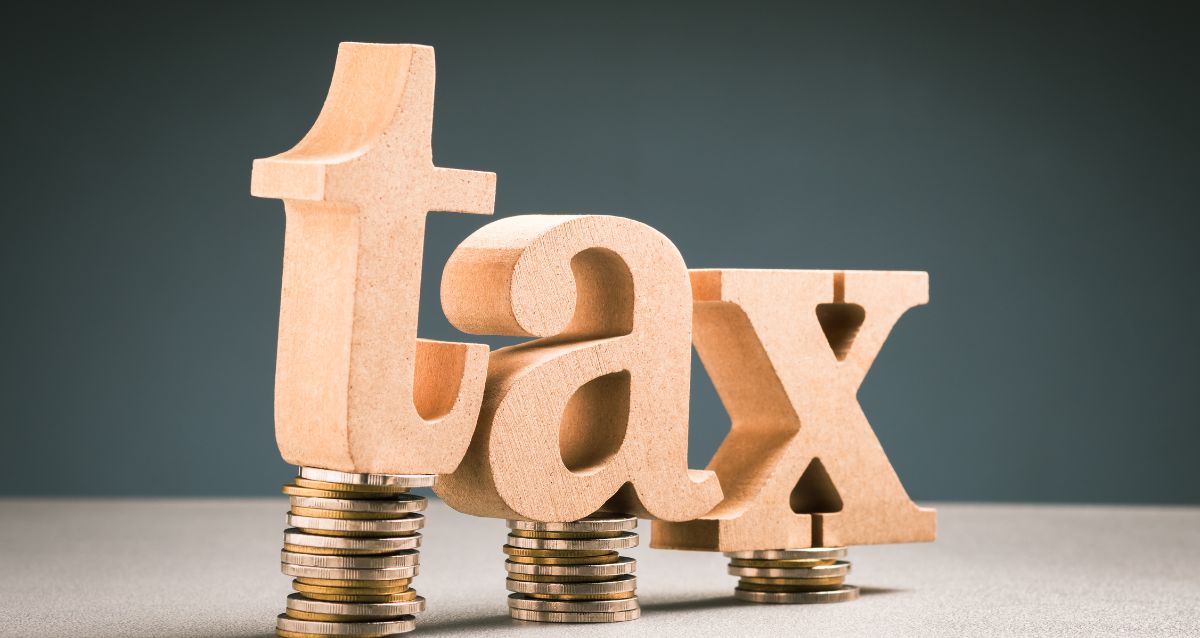The UAE Domestic Minimum Top-up Tax Explained
Disclaimer: The content in this article is for informational purposes only and does not constitute tax or legal advice. Businesses are advised to consult with a qualified advisor based on their specific situation.
With the introduction of the Domestic Minimum Top-up Tax (DMTT) through Cabinet Decision No. 142 of 2024 in the UAE, the multinational companies operating in the UAE must required to begin preparing for a significant new compliance obligation that starts from 01st January 2025.
The DMTT brings the UAE in line with the framework of OECD’s (Organisation for Economic Co-operation and Development) Pillar Two global minimum tax, which is aiming to ensure that the large multinational groups pay an Effective tax rate (ETR) of at least 15% in the respective jurisdictions they are operating, including the UAE.
This blog outlines what multinational groups need to do now to prepare for DMTT compliance and to optimise their group structures, documentation, and tax processes in line with UAE tax provisions.
Quick Recap: What is the UAE’s DMTT?
The DMTT is a new top-up tax applied on profits of Constituent Entities (CEs) in the UAE that are part of the MNE Group with annual consolidated global revenue of more than or equal to 750 million euros in at least two of the four preceding fiscal years.
If the combined tax paid by the multinational group entities in the UAE results in an ETR below 15%, then the UAE will impose a top-up tax to bring the tax rate up to the minimum threshold of 15%. This will be applicable even on the entities enjoying Free Zone or QFZP tax incentives
This move ensures that the UAE collects the top-up tax under the OECD’s global rules.
Step-by-Step: How to Prepare for DMTT in 2025
1. Confirm If You Are Covered in the MNE Group
The first and foremost step is to determine whether your entity falls within the scope of DMTT:
- Is your consolidated global revenue more than or equal to 750 million euros?
- Has it crossed this threshold in at least two of the preceding four years?
- Do you have any UAE-based Constituent Entities (Whether in mainland or Free Zone)?
If it is yes to all of the above, you are covered in MNE Group, and your UAE entities may be subject to DMTT, even if they are not taxable under UAE Corporate Tax provisions.
Solution: Review audited financial statements properly and coordinate with your group finance team to confirm historic revenue.
2. Map Your UAE Group Structure
Identify all Constituent Entities (CEs) in the UAE:
- LLCs in the Mainland
- Free Zone Entities
- Holding companies
- Intellectual Property holding companies
- Service centers
For each, assess:
- Whether they qualify for 0% Corporate tax benefit under the provisions of the Qualifying Free Zone
- The financial year they are following, the accounting policies used, and the profits for each year
- Applicable Corporate Tax (if any) and the effective tax they paid
3. Calculate the Jurisdictional Effective Tax Rate
Under OECD rules, the ETR is calculated on a jurisdictional, UAE-wide basis, not on an entity basis.
You need to:
- Take the aggregate of GloBE Income and Covered Taxes for all UAE entities in scope
- Adjust the accounting income derived based on Pillar Two rules, not based on IFRS or UAE Corporate Tax alone
- Compute the ETR properly, ie. ETR equal to Covered Taxes divided by GloBE Income
If the ETR is 15%, the shortfall is the Top-Up Tax to be paid under DMTT.
Solution: The ETR computation is complex, which involves deferred tax accounting, exclusions and timing differences. Hence, start early with simulation models.
4. Evaluating Free Zone and QFZP Structures in the UAE
Many multinational businesses based in the UAE use Free Zone company setups and Qualifying Free Zone Person (QFZP) status to benefit from the 0% corporate tax rate.
However, under the Domestic Minimum Top-up Tax (DMTT) framework, if these entities are part of a Covered Group, they may become subject to an additional 15% minimum tax — even if the standard UAE corporate tax remains at 0%.
Solution: Conduct a thorough review to determine if holding Qualifying Free Zone Person (QFZP) status by itself remains beneficial under DMTT rules, particularly for companies managing intellectual property or providing centralised support services.
5. Review Transfer Pricing and Intercompany Charges
To substantiate the arm’s length nature of profits and costs, MNEs must ensure strong:
- Transfer pricing documentation
- Service agreements and cost allocation models
- Benchmarking studies and reports under OECD methods
This is very crucial for justifying GloBE Income, deductions on tax, and proper allocation of central costs (which affect the calculation of ETR).
Solution: Keep your UAE Transfer Pricing documentation aligned with Pillar Two Local File obligations, which may become a mandatory requirement.
6. Implement Internal Reporting Systems
DMTT requires new data criteria which may not be a part of your usual compliance process under UAE Corporate Tax, such as:
- Calculation of GloBE Income and GloBE Taxes
- Reconciliation for Covered Taxes
- Calculation of Deferred Tax under Pillar Two rules
- Safe harbour metrics (eg, Routine profits exclusion)
Solution: Ensure the early integration of your finance and tax teams and invest in technology systems that can support Pillar Two reporting.
7. Plan for DMTT Returns and Deadlines
While detailed compliance obligations are still pending introduction, we can expect:
- Separate DMTT returns (in addition to the Corporate Tax returns)
- New filing timelines and formats for return submissions.
- Possible joint or group-level reporting obligation by a designated UAE entity
Solution: Appoint a DMTT lead within your UAE group entities now to monitor the regulatory updates and coordinate compliance effectively.

Strategic Considerations
|
Action Area |
Why it Matters |
|
Group Restructuring
|
Consolidate or realign the entities to optimise the ETR in the UAE |
|
Holding Companies |
Consider UAE-based holding companies for calculating the global income |
|
Profit Shifting Risks |
Payments which are high risk (eg, Royalties) must be priced correctly |
|
Substance Demonstration |
Even if the tax rate is low, show operational activity to defend ETR |
|
Global Coordination |
DMTT and Pillar Two return filings must align across different jurisdictions |
How Flyingcolour Tax Consultant Can Help?
We support UAE-based MNEs in:
- Assessment of DMTT applicability
- Designing frameworks for ETR modelling
- Preparing for Pillar Two-compliant reporting
- Evaluating Free Zone vs. mainland tax exposure
- Ensuring Transfer Pricing documentation and group structure alignment
To learn more about How UAE-Based Multinationals Can Prepare for the Domestic Minimum Top-up Tax, book a free consultation with one of the Flyingcolour team advisors.
Disclaimer: The information provided in this blog is based on our understanding of current tax laws and regulations. It is intended for general informational purposes only and does not constitute professional tax advice, consultation, or representation. The author and publisher are not responsible for any errors or omissions, or for any actions taken based on the information contained in this blog.

